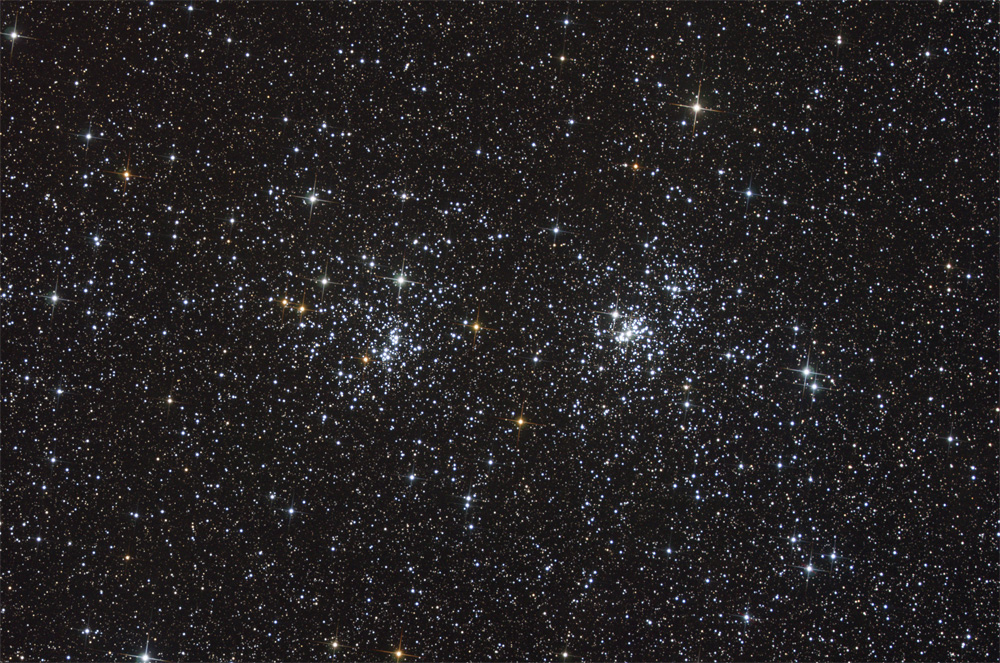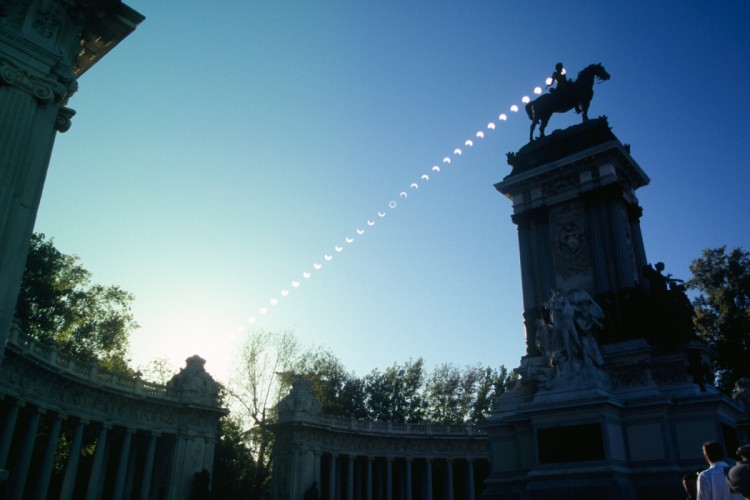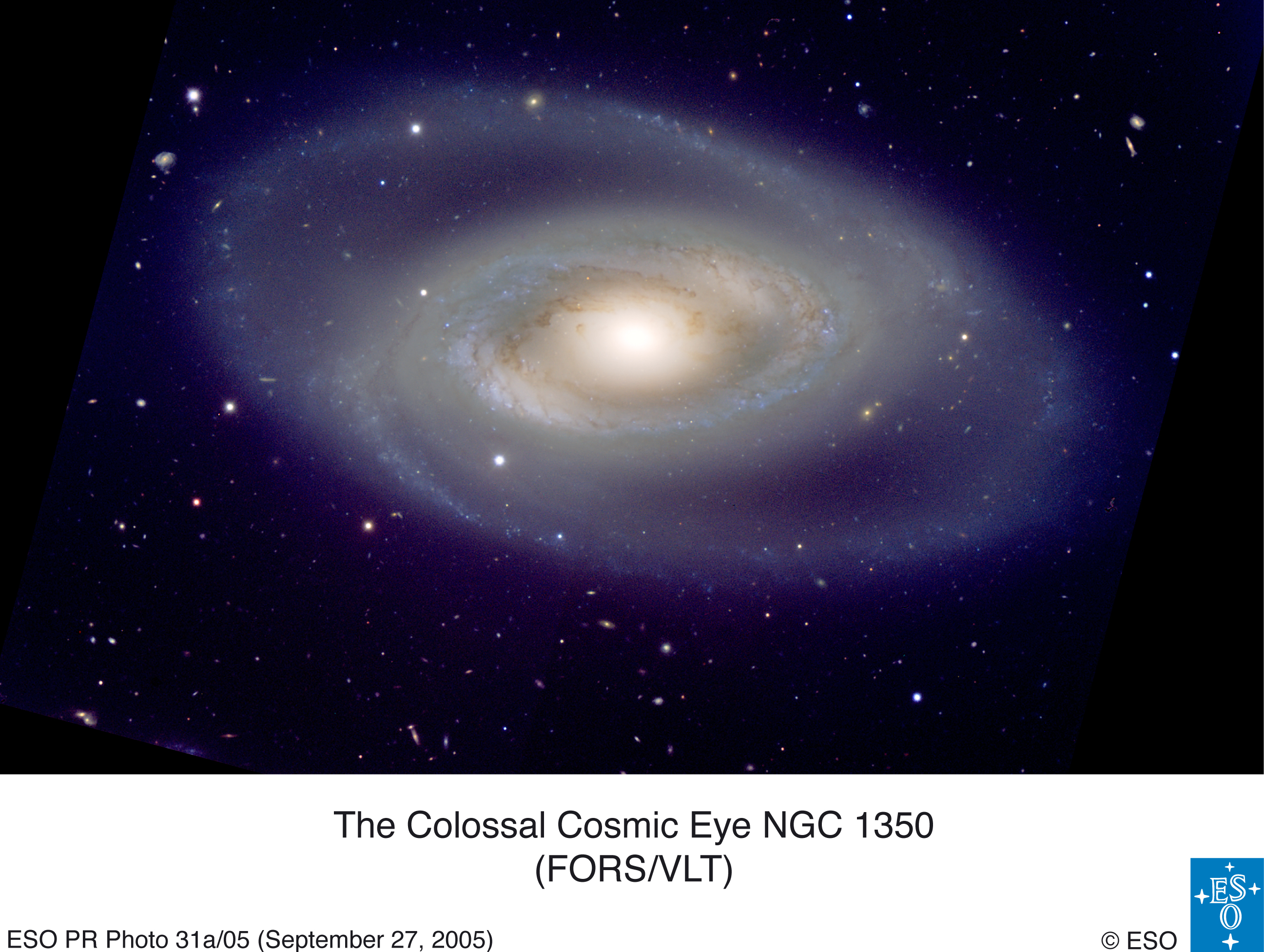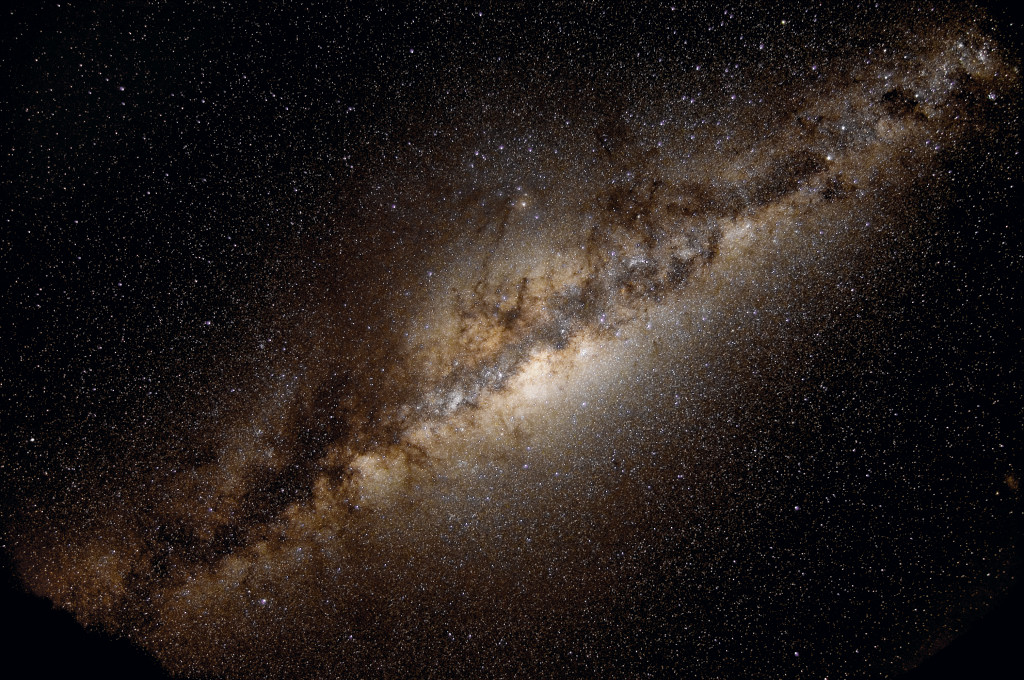I've recently discovered that some other folks have been publishing RSS feeds of APOD, and I'm really glad. I am going to stop posting here for a while to see if the other blogs being posted to and publishing RSS feeds will adequately get the job done. I'm hopeful they will, since my half-arsed blog here, combined with my lack of time for it, made this project seem unlikely to have long term success on its own. I found and APOD feed on Microsoft's Live.com beta (could not determine the url of the feed), but still cool. Here are some other ones that might be worth looking into, starting with the one I have subscribed to in my RSS reader.
http://www.acme.com/jef/apod/rss.xml
http://services.perceive.net/xml/apod_rss10.xml
http://www.jwz.org/cheesegrater/RSS/apod.rss
http://www.kevinkmp.com/apod_xml.aspx?format=rss20
http://myrss.com/f/n/a/nasaAstropixMas3r32.rss
http://primate.net/portal/apotd.rss
Give these a try. Also, if you find more/better ones, please post them in the comments. Aloha for now!







